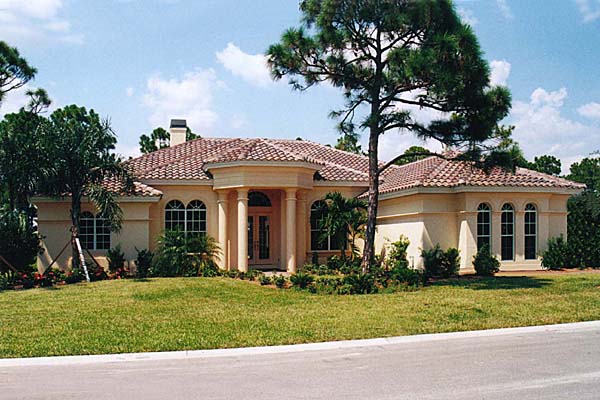DETERIORATION
Understanding Deterioration in Real Estate
In the realm of real estate, the concept of deterioration holds significant implications for the valuation and maintenance of properties. Deterioration refers to the gradual loss in value of a property, stemming from the effects of natural elements or the wear and tear incurred through its use. This phenomenon plays a pivotal role in shaping the condition, longevity, and financial worth of real estate assets, making it a crucial consideration for property owners, investors, and industry professionals alike.
Causes of Deterioration
1. Natural Elements
Weathering:
Exposure to elements such as rain, wind, and sunlight can lead to the erosion and degradation of building materials, impacting both the exterior and interior of a property.
Environmental Factors:
Properties located in areas prone to environmental hazards, such as flooding, earthquakes, or extreme temperatures, are susceptible to accelerated deterioration, necessitating special attention and maintenance.
2. Wear and Tear
Physical Use:
The regular usage of a property, including foot traffic, mechanical operations, and occupancy, results in the gradual depreciation of its structural integrity, fixtures, and amenities.
Aging Infrastructure:
As properties age, their essential systems, such as plumbing, electrical, and HVAC, are subject to wear and potential obsolescence, contributing to overall deterioration.
Impact on Property Value
Impact on Property Value
1. Financial Devaluation
Deterioration has a direct correlation with the diminishing monetary worth of a property, as its condition and functionality are compromised, leading to reduced market value and potential returns for owners and investors.
2. Maintenance Costs
Property owners are compelled to allocate resources towards ongoing maintenance, repairs, and renovations to counteract the effects of deterioration, safeguarding the asset's value and ensuring its habitability and marketability.
Mitigating Deterioration
1. Proactive Maintenance
Regular inspections, timely repairs, and preventive maintenance measures are essential in mitigating deterioration, preserving the structural integrity and aesthetic appeal of a property, and curbing potential financial losses.
2. Technological Advancements
Innovations in building materials, construction techniques, and sustainable design practices present opportunities to enhance the resilience and longevity of properties, minimizing the impact of deterioration.
Conclusion
Deterioration stands as a formidable force that continually shapes the condition and value of real estate assets, serving as a reminder of the dynamic interplay between nature, human activity, and the built environment. By understanding the causes, implications, and mitigation strategies associated with deterioration, property stakeholders can make informed decisions to uphold the long-term viability and desirability of their real estate holdings. In navigating the ever-evolving landscape of property ownership and investment, an awareness of deterioration's influence empowers individuals to proactively preserve and enhance the enduring value of real estate assets, ensuring their continued significance in the market and the lives of those they serve.
MORE REAL ESTATE TERMS
A, B, C, D, E, F, G, H, I, J, K, L, M, N, O, P, Q, R, S, T, U, V, W, X, Y, Z
Featured New Home

Featured Mortgage Brokers
- GATEWAY FUNDING DIVERSIFIED MTG SRVS LP, CARMEL, IN
600 E CARMEL DR STE 169
CARMEL, IN 46032 - UNION MORTGAGE GROUP, INC., GREENBELT, MD
7501 GREENWAY CENTER DR
GREENBELT, MD 20770 - CARRINGTON MORTGAGE SERVICES LLC, SANTA ANA, CA
1610 E SAINT ANDREW PL STE B-1
SANTA ANA, CA 92705 - MOVEMENT MORTGAGE LLC, RICHMOND, VA
5014 MONUMENT AVE
RICHMOND, VA 23230 - BANK OF ENGLAND, OLD SAYBROOK, CT
44 POND RD
OLD SAYBROOK, CT 6475